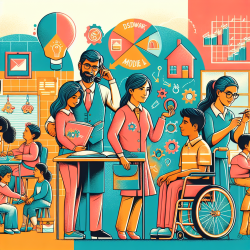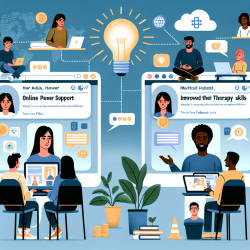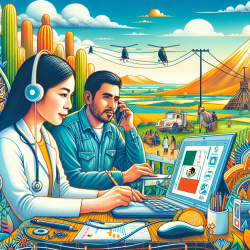Understanding Workload vs. Caseload: A Special Education Perspective
In the world of special education, the terms "workload" and "caseload" are often used interchangeably, but they refer to very different concepts. Understanding the distinction between the two can significantly impact the quality of services provided to students and the job satisfaction of educators and therapists. This blog explores these differences and introduces evidence-based strategies to manage workload challenges effectively.
Caseload vs. Workload: What's the Difference?
Caseload typically refers to the number of students assigned to a special education professional, like a speech-language pathologist or occupational therapist. It often includes tasks such as creating accommodations, curriculum modifications, and IEPs (Individualized Education Programs).
On the other hand, workload encompasses all the responsibilities of special education professionals, which go beyond direct services to students. This includes indirect services, collaboration, documentation, professional development, and more. The workload model considers the full scope of an educator's duties, aiming to create a more balanced and sustainable approach.
Why Shift to a Workload Model?
The Individuals with Disabilities Education Act (IDEA) emphasizes the importance of providing students with disabilities a free appropriate public education (FAPE) in the least restrictive environment. A workload approach aligns with this by focusing on the individual needs of students rather than a fixed number of service hours.
Research has shown that adopting a workload model can lead to:
- Improved student outcomes
- Increased job satisfaction among educators
- Enhanced team collaboration
- Better retention of staff
Implementing Evidence-Based Strategies
At the Annual State Superintendent's Conference on Special Education and Pupil Services, Carlynn Higbie and Dawn Merth-Johnson presented several strategies to address workload challenges:
- Time Study: Analyze how time is spent across various tasks to identify areas for improvement.
- Data Gathering: Collect data to inform decisions about resource allocation and service delivery models.
- Service Delivery Models: Explore different models such as receding schedules, block schedules, and consultative services to find what works best for your district.
The Impact of a Workload Approach
Shifting to a workload model can have profound effects on both students and educators. For students, it means receiving services tailored to their unique needs, which can lead to better educational outcomes. For educators, it means a more manageable and satisfying work environment.
Administrators have reported benefits such as decreased workload at home, reduced stress levels, and improved compliance with service timelines. These improvements contribute to a more positive work culture and increased likelihood of staff retention.
Final Thoughts
Adopting a workload approach is not just about managing tasks more effectively; it's about ensuring that every student receives the highest quality education possible. By considering the full scope of responsibilities and focusing on evidence-based strategies, schools can create a more inclusive and supportive environment for both students and educators.
For more information, please follow this link.










